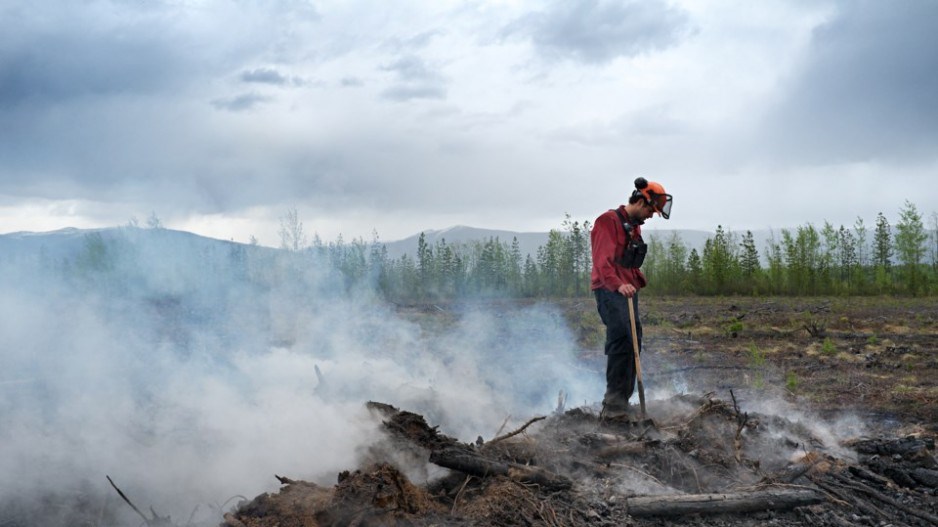Insured losses from ongoing wildfires across the country should remain manageable for most companies and are expected to cost less than the $4.3 billion in losses from the 2016 Fort McMurray wildfires.
Despite costs being manageable, insurers will likely come under pressure during the second and third quarters of 2023, according to a note to investors from DBRS Morningstar.
However, the global credit rating agency expects most companies will be able to control their losses barring any other major catastrophes during this wildfire season.
“Based on current claims estimates, Canadian property and casualty insurers should be able to absorb these losses with negligible impact on their capitalization,” said the note to investors.
While insured losses from the wildfires may be manageable, DBRS Morningstar expects that this will increase pressure to raise prices.
The note said the increase in extreme weather events, along with high inflation rates and a market where insurance companies are less willing to insure, means there will be upwards pressure on home insurance prices.
Canadian insurers have been exposed to larger and more frequent weather-related losses. And climate change and extreme weather are only part of the equation, according to the note.
Canada’s housing real estate market is also contributing to the issue. The rise in property prices along with demographic changes mean that there is a high amount of insurable value in risk-prone areas.
The Canadian insurance industry is incorporating these trends into its pricing strategy and DBRS Morningstar said that it expects premiums to continue their upward trend.
To mitigate risks, Canadian insurance companies have increasingly turned to re-insurance markets. However, that opportunity appears to be ending as global re-insurers are also facing larger natural catastrophe losses that are making certain areas more expensive to re-insure.
“This trend will ultimately reduce the availability of re-insurance protection for Canadian insurers at reasonable prices,” said the note to investors.
The note suggested that the main solutions that exist are in the public sector, highlighting the need for more resilient infrastructure and more stringent building codes, including restricting peoples’ ability to build in areas with high exposure to natural disaster events.
“With the Canadian federal government recently announcing its flood management strategy, we think that a similar framework is needed to address the increasing impact of wildfires in Canada,” the note says.




